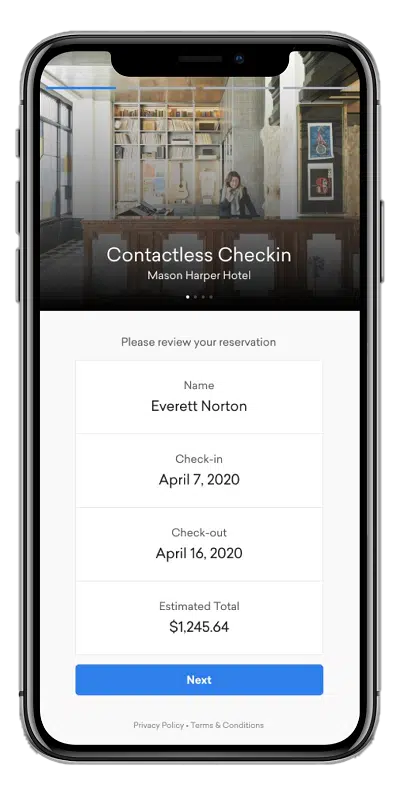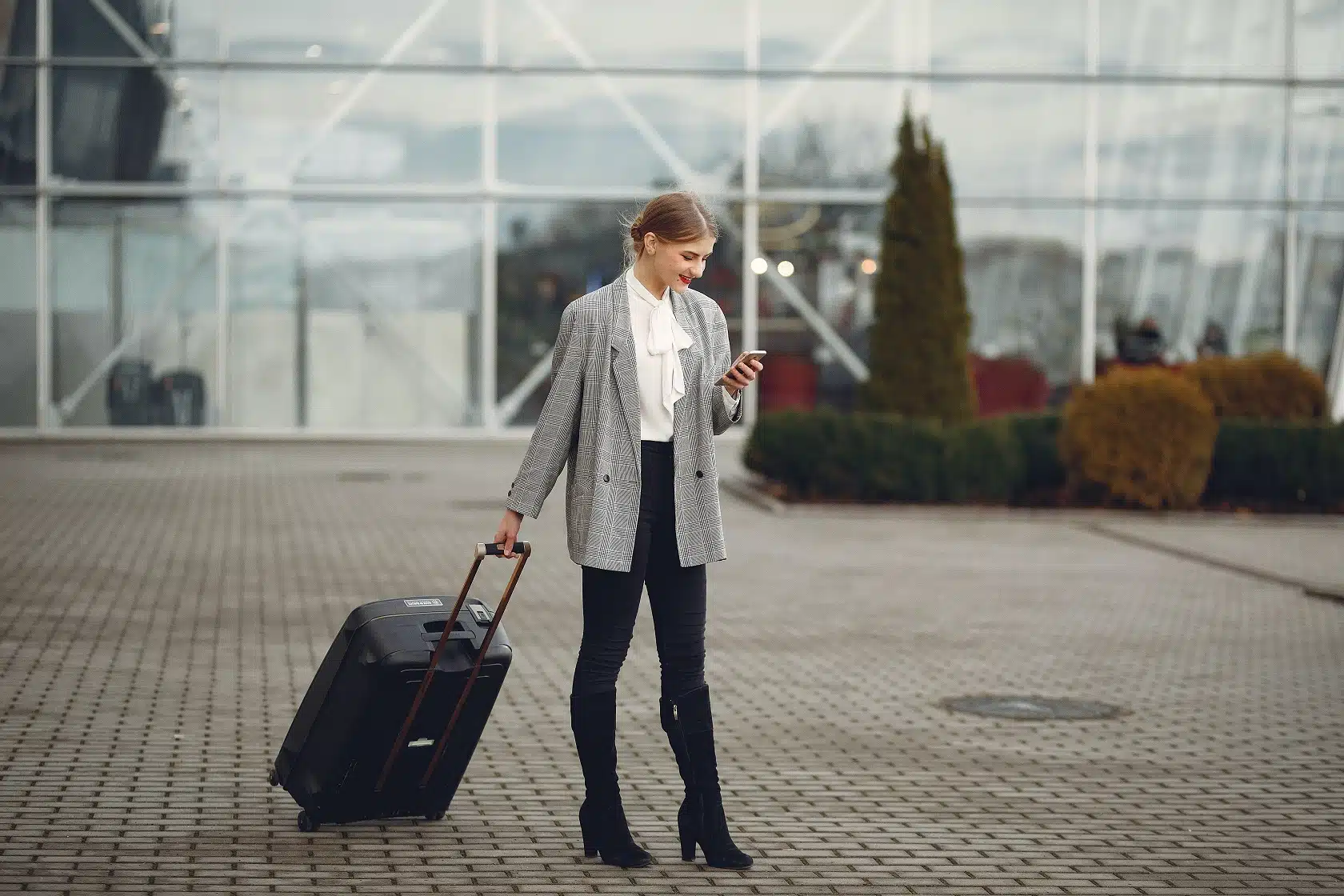If you had asked a panel of experts at the end of 2019 to predict the next “big thing” in hospitality technology in 2020, you probably would have heard things like; Robotics, Artificial Intelligence and Smart Rooms. But…. 2020 had other plans.
These technologies are critical to the long term success of our industry and will continue to make their way into the mainstream, but the unprecedented events of 2020 have brought a much more immediate concern to the forefront – health and cleanliness. This has caused a focus shift towards contactless business practices. Which means less physical interaction between guests and staff wherever possible.

Less contact has led to a lot of talk about Mobile Check-in, Mobile Key and Keyless Entry. These technologies are not new and have been on the radar for the last decade at least. However, the pandemic has reinvigorated discussion and you could say has brought to the forefront a strong use case for this technology.
I think there is some confusion as to what “mobile check-in” and “keyless entry” are. So I thought it would be helpful to explore them and explain it as simply as possible. The first thing is that mobile check-in and contactless check-in are referring to the same thing. The ability for the guest to check-in to the hotel on his or her own device prior to their arrival at the hotel. This is the same process as a web check-in for an airline flight which has been commonplace for many years. Let’s refer to this as “Contactless Check-In”.
On the other hand, Keyless Entry or Mobile Key comes after a Contactless Check-in and refers to a digital key being sent directly to the guest’s device. This allows them to bypass the front desk altogether and go straight to their room and unlock their door with their mobile device. Let’s refer to this as a Mobile Key. To continue the airline analogy, this is similar to receiving a digital boarding pass.
To summarise – Contactless Check-in allows a guest to pre-check in. However, they still need to collect a key once they arrive at the hotel (like collecting a boarding pass). Whereas with Mobile key, the key is sent to the guest digitally allowing them to gain access to their room without a key or key card and to unlock their door using their smartphone.
The key thing to note is that they are two different stages of a contactless process. Contactless Check-In is stage 1. It is considerably easy to implement and will get you to 90% contactless. Mobile Key, which is considerably more challenging is stage 2. I will focus on Contactless Check-in which as I said can get you to 90% Contactless.
In order to understand a Contactless check-In let’s start by reviewing the standard check-in progress
1) The guest arrives at the hotel and goes to the reception desk
2) The receptionist asks the guest for information. This normally includes:
– Their Surname
– Photo ID and
– A form of payment (Credit or Debit card being the most common)

3) The receptionist then retrieves the reservation in the Property Management System (PMS), assigns a room to the guest and checks them in. They also authorise the credit card and validate the guest against their ID
4) They then ask the guest to sign the registration card
5) Finally the receptionist “cuts” a keycard for the guest, smiles and provides them information about the hotel and the guest goes off to their room.
To conduct a Contactless Check-in process there are three components
A) Collection of guest information and acknowledgement (Steps 1, 2 & 4 from above)
Here we securely gather information from the guest and match it against the information in the PMS. We need to ensure that we collect all the necessary information (ID, Credit card and signed registration form). It is also imperative that payment information is collected in a secure PCI compliant environment.
This process is generally done by the guest using either their own computer or mobile device prior to their arrival at the hotel. This process may be something that is offered directly as a feature/module of your PMS or a 3rd party solution like Canary Technologies. The collection of information on the guests own device can be done either via a mobile web page or an app that the guest downloads. Generally, guests prefer a web page rather than having to download an app.
B) Assigning a room (Step 3 from the standard check-in)
This is handled by the PMS. If using a third-party solution it is important that it integrates fully with your PMS so there is no need to do any of this manually.
C) Creating room key (Step 5 of the standard check-in)
Ideally, instead of creating a physical key card which the guest collects from the front desk a digital key could be delivered to the guest mobile device. However, this final step is the most challenging. The challenges include the cost of the door hardware and the complexity of working with all the systems needed. Mobile Key requires a high level of integration between the PMS, Key System, App on the guest device and the door locks. Add to this the issue of so many different mobile device makes, models and age, lock battery issues and coverage problems. With all of this complexity, even the best mobile key solutions can have problems, resulting in an inconsistent guest experience.
The Bottom Line
Hoteliers do not need to tackle everything at once. Many hotels do not have the budget right now given the current economic environment and are taking a phased approach to contactless check-in. They are starting with the contactless way to collect information which as noted previously gets you 90% of the way and will then phase in Mobile Key once they are able to upgrade their hardware.
The world has changed and we must look to technology to help us cope with this change. Hotels have been experimenting with mobile check-in for some time. The pandemic has given us the opportunity to look at the physical transactions in our business in a new way with the impetus to accelerate adoption. It’s time to leverage this opportunity and give these technologies a real chance to make a difference.

